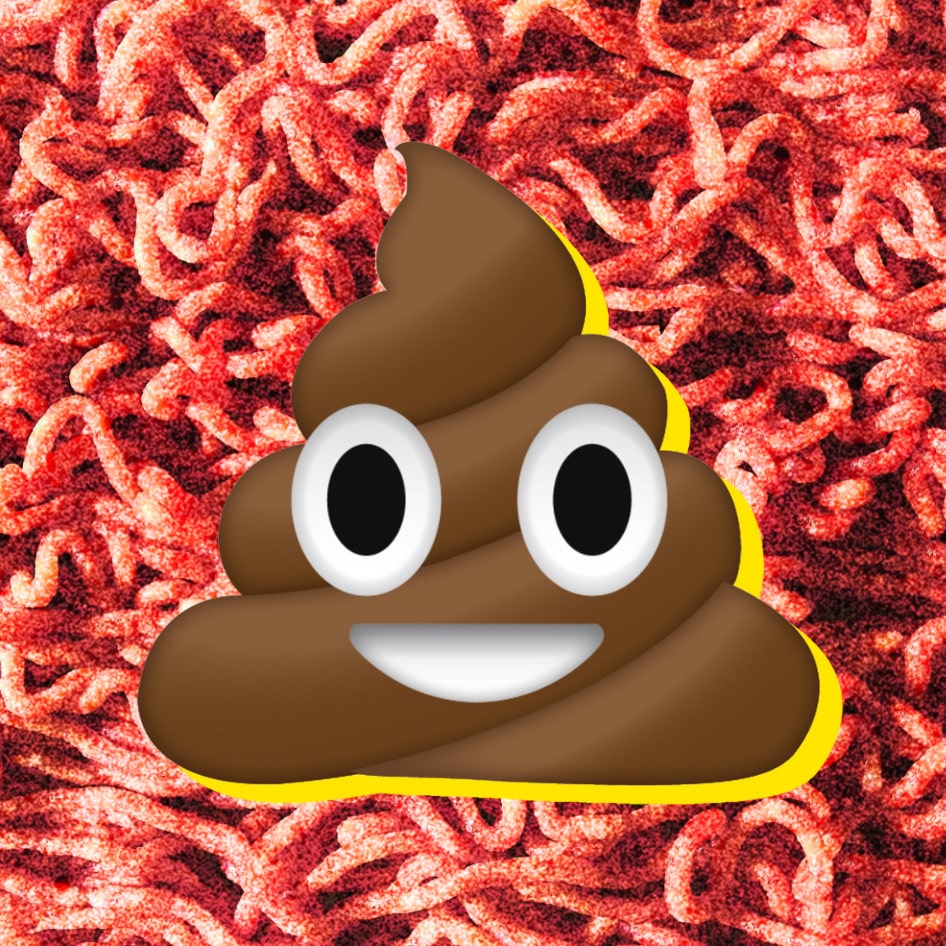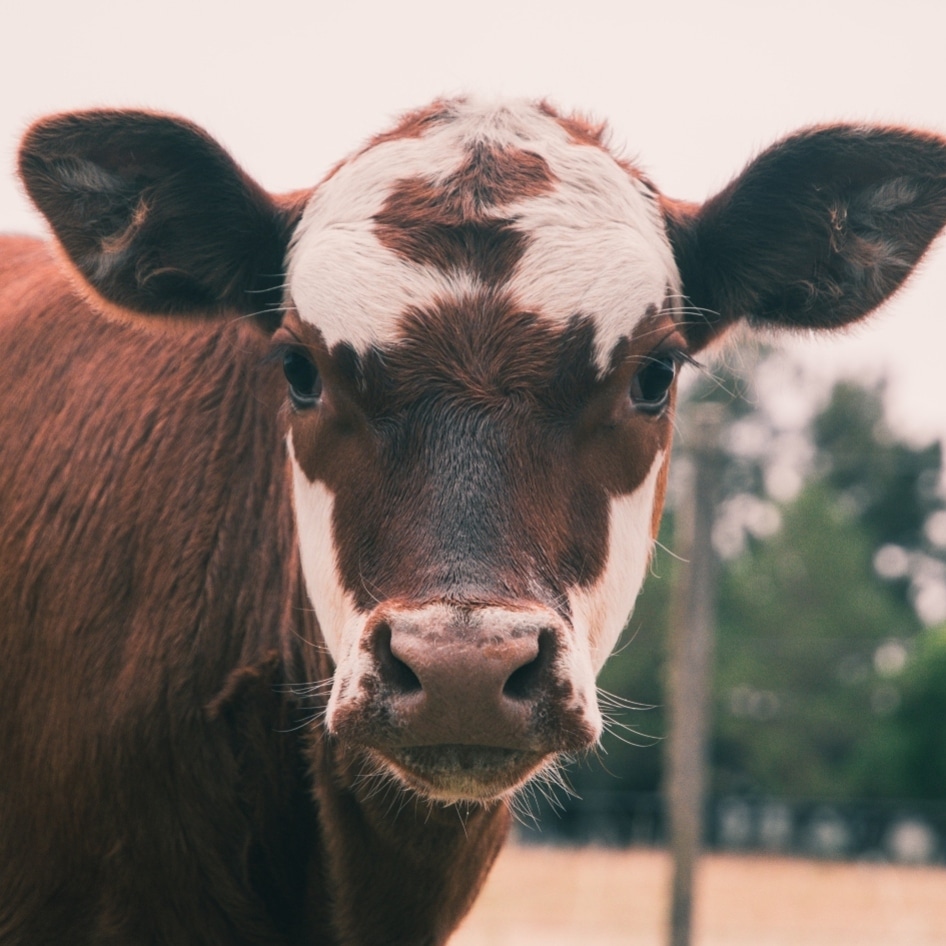Hormone Runoff Research
New research suggests animal runoff particles from feedlots can be spread by wind.
November 30, 2009
For years scientists have expressed concerns over the environmental impact of untreated animal waste running into rivers and waterways. New research from the University of Nebraska in Omaha now proposes that similar problems arise through blown feedlot dust. Their findings conclude that in some areas of the country, especially the Southwest, wind—not water—is the dominant carrier of hormone-laden waste pollutants. On factory farms, cows are routinely injected with hormones that pose pollutant risks when excreted into the environment, causing runoff in rivers and streams that are responsible for sex alterations in fish. Research is still being preformed to gauge the health consequences, long-term effects, and geographic scope of these wind-blown pollutants.
JUMP TO ... Latest News | Recipes | Guides | Health | Subscribe







